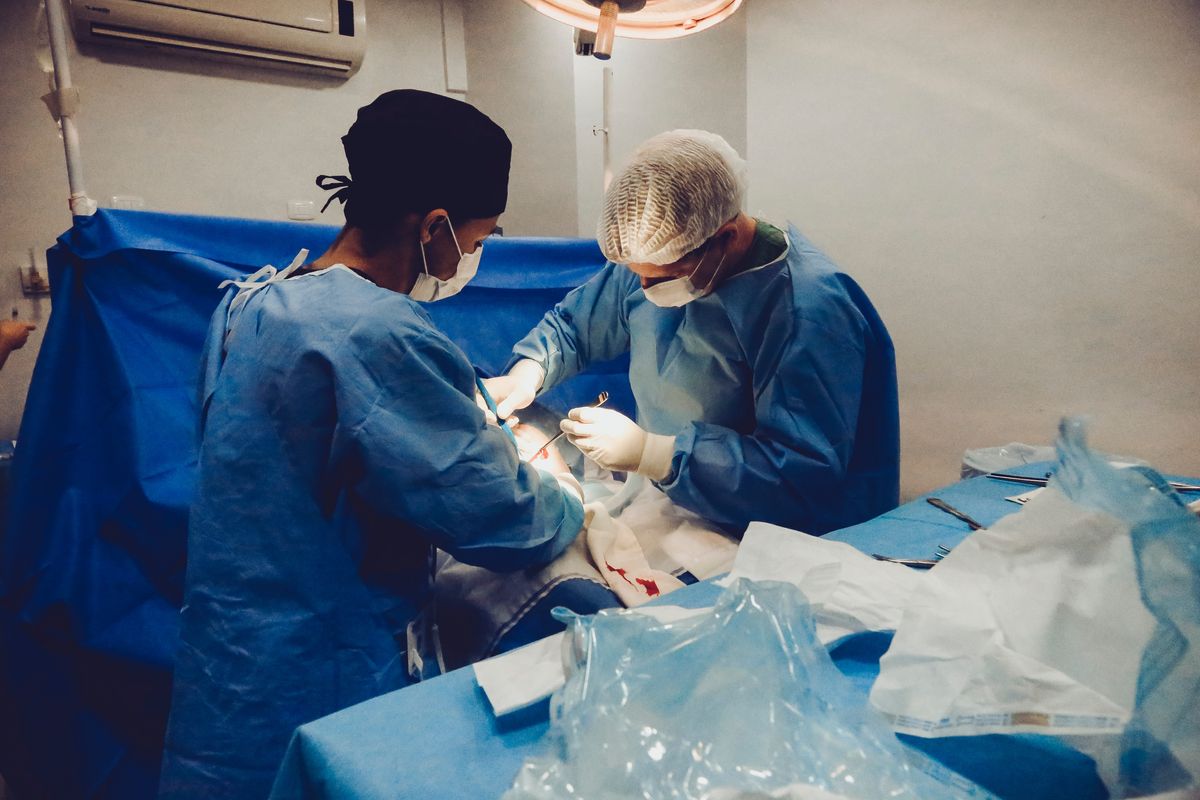Breakthrough in animal-to-human organ transplants
All over the world, the ordeal of trying to get an organ transplant is complicated. People experiencing organ failure often have to wait on transplant lists with time they don’t really have.

A few minutes every morning is all you need.
Stay up to date on the world's Headlines and Human Stories. It's fun, it's factual, it's fluff-free.
The backstory: All over the world, the ordeal of trying to get an organ transplant is complicated. People experiencing organ failure often have to wait on transplant lists with time they don’t really have. But, the supply of organs also isn’t enough to fill the need. According to the World Health Organization (WHO), the organ supply fits less than 10% of the global need.
Kidneys are in the most demand. Globally, 1.2 million people die each year from kidney failure. There are a few possible reasons for the organ shortage, which also differs based on the organ donation laws in different countries. One possible reason is that there aren’t enough people who agree to be organ donors after they die (different places have different standards of consent for this, though). Another is that not all organs are in good enough shape to do the job in another person’s body. Apart from getting more people to consent to organ donation, what can we do about this?
More recently: Well, one option is to use non-human organs. This concept is known as a “xenotransplant.” And we’ve been doing stuff like this for almost 100 years. In the 1930s, pig insulin was used to treat diabetics. And pig heart valves have been used in humans for decades now (with all the pig cells eliminated first). In the past few years, a couple of humans have even had full organ transplants from animals, approved mainly because they were already terminally ill.
But there are some ethical concerns over whether it’s right to breed and rear pigs (or other animals) just to support human life. Another issue is how to create ideal human organs from another animal altogether. Scientists have concluded that pigs have the most human-like internal biology. To make things more “compatible,” researchers have been genetically engineering pigs. A lot of the “edits” are made so that the host’s immune system won’t see the organ as foreign and reject it. Other edits are to cut the risk of cross-species disease transmission. With new gene editing techniques and technology, we’ve been able to make a lot of progress in the xenotransplant field.
The development: Scientists at biotech firm eGenesis working with Harvard just reported that they’ve been able to keep a monkey with a genetically engineered pig kidney alive for more than two years. This is a major milestone in developing animal-to-human organ transplant science.
For this trial, researchers used the gene-editing tool CRISPR on Yucatan miniature pigs before putting their kidneys into 21 macaque monkeys. The monkeys mostly survived about 24 days with kidneys edited to knock out three genes that trigger rejection. After the scientists added human genes to lower blood clotting, inflammation and other immunity problems, the monkeys mostly survived about 176 days. When the monkeys were also given an immune system treatment, one monkey survived for over two years – 758 days – with the new organ. We’re still years away from this treatment becoming widely adopted for people, but expanded clinical human trials are on the horizon.
Key comments:
“There are patients out there who are going to die and not get a transplant,” said Megan Sykes, director of the Columbia Center for Translational Immunology. “For the right patient group, it might be appropriate to move ahead with some of these trials.”
"Duration of survival has been an Achilles heel of genetically modified pig organs to date due to a combination of rejection and opportunistic infections," said Dr. Peter Chin-Hong, director of the transplant infectious disease program at the University of California, San Francisco. "This proof-of-concept study provides real hope that transplantation of porcine [pig] donor kidneys into humans is very much on the horizon.”
“We are well on our way there,” said Dr Michael Curtis, the chief executive of eGenesis. “There simply aren’t enough kidneys to go around. In our opinion, it’s the only near-term viable solution.”




Comments ()